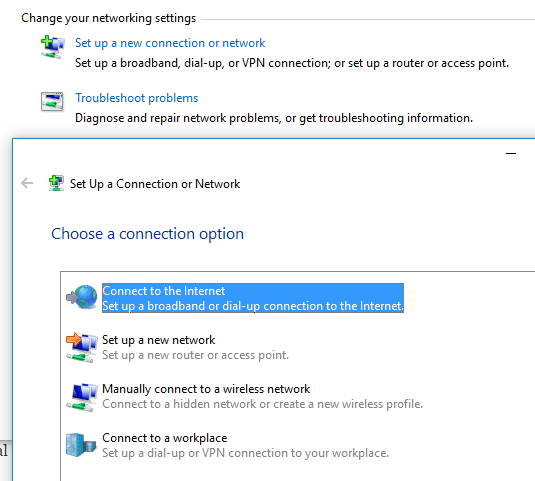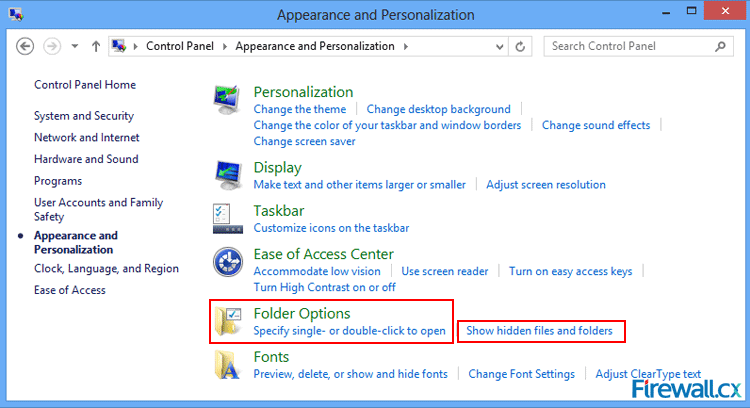

Right-click EnableLinkedConnections, and then click Modify.Type EnableLinkedConnections, and then press ENTER.Point to New, and then click DWORD Value.Locate and then right-click the registry subkey HKEY_LOCAL_MACHINE\SOFTWARE\Microsoft\Windows\CurrentVersion\Policies\System.Click Start, type Regedit in the Start programs and files box, and then press ENTER.So, try the following workaround step by step: Mapped Network Drive Not Showing in File Explorer/My Computerīecause the UAC and the Shell run with standard user permissions, it can't see mapped drives that were configured by your application running with admin rights. Luckily, for you, here, we found some general troubleshooting methods that proved to be useful in fixing those commonly seen drive mapping problems on Windows computers. Overview of Mapped Network Not Showing in Windows 10/8/7ĭo you feel helpless when drive mapping is correctly done, however, mapped drive not showing up in File Explorer, My Computer or Application? Or, not all contents including files, folders, and subfolders are normally showing in the mapped network drive, just like the user stories in the beginning. There are probably 15 folders on this network drive, yet I see only one. The one is only showing a part of the actual content of the folder. "I have several mapped network drives, and all of them are fine except one. Mapped network drive not showing all files/folders for user Why and how to solve this issue of mapped drives not showing up straight away after being mapped?"
/cdn.vox-cdn.com/uploads/chorus_image/image/46956668/xboxonegamestreaming1_1020.0.0.jpg)
When I opened File Explorer, I couldn't see the Z drive. My application maps a folder from D drive to a network drive Z using the Windows Network APT. Why isn't File Explorer showing my mapped drives?

You can manually display hidden files and folders: open File Explorer -> click on View tab -> check the box in front of "Hidden items" . If the files, folders or subfolders are hidden, users won't see them all. Then, point to New, and then click DWORD Value. Locate and then right-click the registry subkey. Click Start, type regedit in the Start programs and files box, and then press ENTER.


 0 kommentar(er)
0 kommentar(er)
